Applications
- Telecommunication networks
- LAN networks
- CATV networks
- 4G/5G and MW towers
- Fiber to the Home (FTTH)
- Optical switching interframe connections
Cabling solutions ranging from 1F-1152F are customized for varied applications, manufactured in Fully Automated and Controlled environment in three State of Art Manufacturing plants situated in Goa, Chennai and Hyderabad.



Fiber optic cable assemblies consist of an optical fiber, a reinforcement strand for support, and fiber optic cable connectors. Depending on the application, existing infrastructure and amount of data to be transmitted, decisions are made on the type of cable assembly to be used. Our portfolio of fiber optic cable assemblies comprise CPRI, MPO, Patch cords, pigtails and fanout assemblies. Connectors are used to transmit signals from one fiber optic cable to another. Some of the common connectors used include ST, SC, LC and FC.




Copper cable assemblies typically come with a variety of connectors and plug types that can feature both male and female connectors, providing consistent power regardless of cable length. Copper is the most preferred electrical conductor material for all kinds of electrical wiring and is therefore used across industries on a large scale across all types of electrical equipment. Within copper cable assemblies, our portfolio includes RF Jumper Assembly, Power Cable Assembly, PV Connectors and Cat 6 Patch Cords. In terms of construction, copper cable assemblies are equipped with a durable high quality, long lasting thick outer sheath and occasionally an armoured level below that. PVC and PSE are the market preferred outer sheath options predominantly used across the industry.
RF jumper cables can be predominantly found in interconnections between passive and active components such as sitting between the front end and antenna. In simpler systems, jumper cables can be used to connect directly to an end user device in a manner similar to a patch cable. It provides the ideal combination of low-loss, high-strength and highest flexibility for optimum performance.
| Cable Type | Foam Dielectric, Super flexible |
|---|---|
| Size | 1/2" |
| Connector Options |
A. 7/16 DIN Male - 7/16 DIN Male Right Angle B. 7/16 DIN Male - 4.3 Male C. N Male - 4.3 Male |
| Inner Conductor Material | Copper Clad Aluminium Wire |
| Dielectric Material | Foam PE |
| Outer Conductor Material | Helical Corrugated Copper Tube |
| Jacket Material | LDPE |
Power cable assemblies provide ready-to use, plug-and-play connections along with superior electrical performance. It ensures maximum current-to-length ratio. Power cable are known for providing high power and a reliable connection.
| SL. | Parameters | Specifications |
|---|---|---|
| 1 | Connector | Straight type screw plug (IP66 & IP67) |
| 2 | Conductor | Bare stranded copper conductor Conductor Size- 4,6 & 13 sqmm, 2C |
| 3 | Conductor Resistance | MAX 3.08Ω/km |
| 4 | Cable Diameter | 10 ± 1, 11.5 ± 1, 16.5 ± 2 |
| 5 | Voltage Rating | Cable is 600V |
| 6 | Operating Temperature | -40 °C ~ 80 °C |
| 7 | Insulation Material | PVC (RoHS) Insulation Colour- White/Black |
| 8 | Jacket Material | Black |
| 9 | UV Resistance | 720H |
| 10 | Flammable Resistance | UL VW-1 and IEC60332-1 |
CAT 6 Patch Cords are predominantly used to connect one electronic device to another for signal routing. They are designed for connections involving computers, hubs, switches, routers, DSL/cable modems and patch panels in Gigabit datacenter application. They provide fast transmission and excellent signal quality, ensuring peak performance in LAN networks. They come with RJ45 modular plug at both ends
| Conductor | Stranded bare copper wire |
|---|---|
| Insulation | High density polyethylene |
| Pairs | Two insulated conductors twisted together to form pair ,lay ≤ 30mm |
| Twisting | 4 pairs laid together and separated by |
| Sheath | LSZH, thickness 0.50mm(min) |
| Color | Grey (RAL 7035) |
| Cable diameter | 5.8 ± 0.30 mm |
PV Connectors allow smooth operation of photovoltaic systems. Their ergonomic design make the connectors easy to use and handle, even for longer periods. They are designed for voltages up to 1,500 Volt.
| Electrical Features | |
|---|---|
| Rated current | 22A(2.5mm2), 35A(4mm2), 40A(6mm2) |
| Withstanding voltage | 1000V DC |
| Contact resistance | ≤0.3mΩ |
| Protection class | Class II |
| Mechanical Features | |
| Temperature range | -40 ºC~+90ºC |
| Protection degree | IP67 |
| Wire size range | 2.5/4/6 mm2(14AWG,12AWG,10AWG) |
| Un mating force | 200 Newton |
| Material Features | |
| Insulation material | PC |
| Contact material | Copper, Tin plated |
| Flame class | UL94-V0 or UL94-5VA |
Product Brochure for DataFly
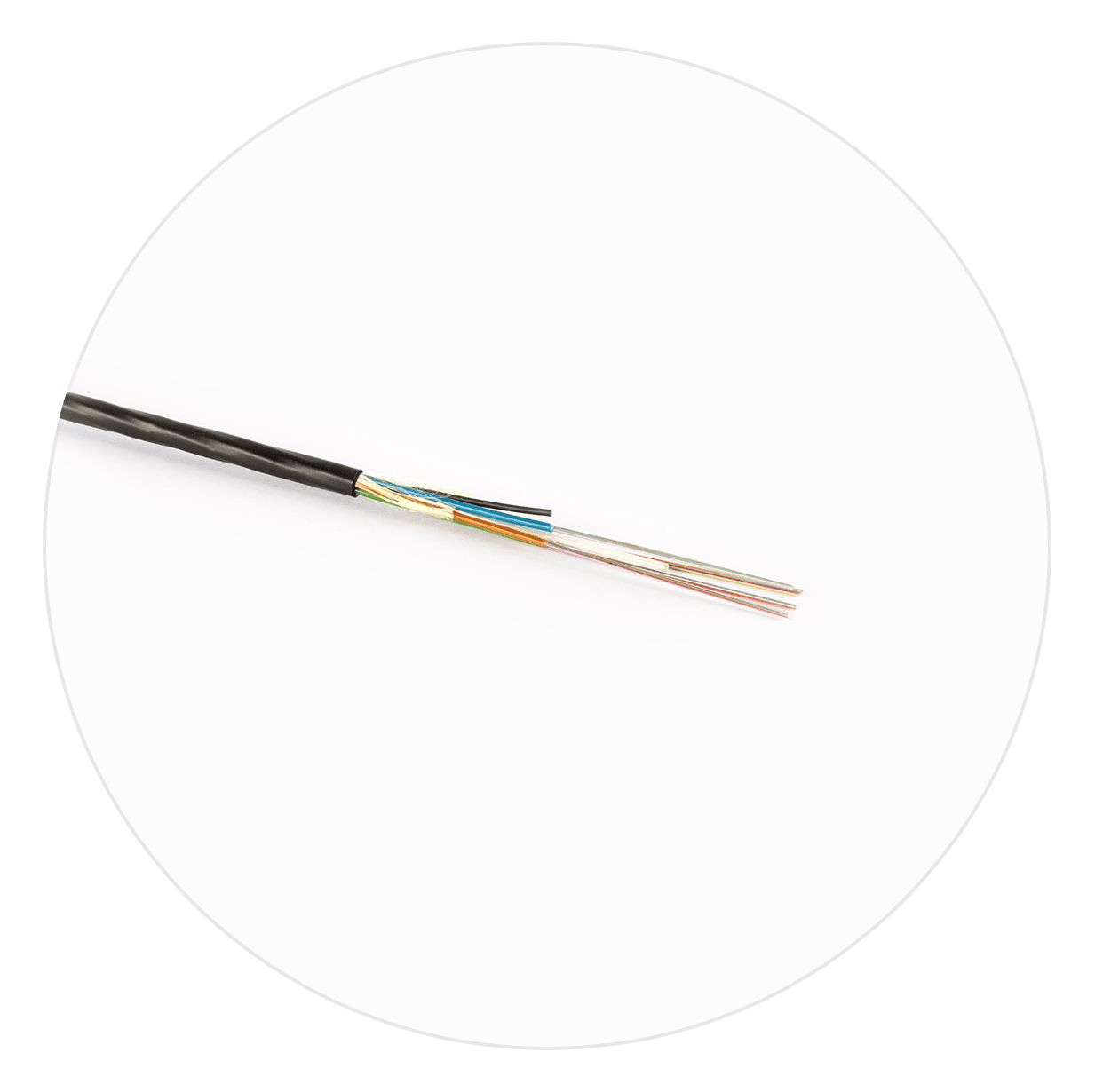
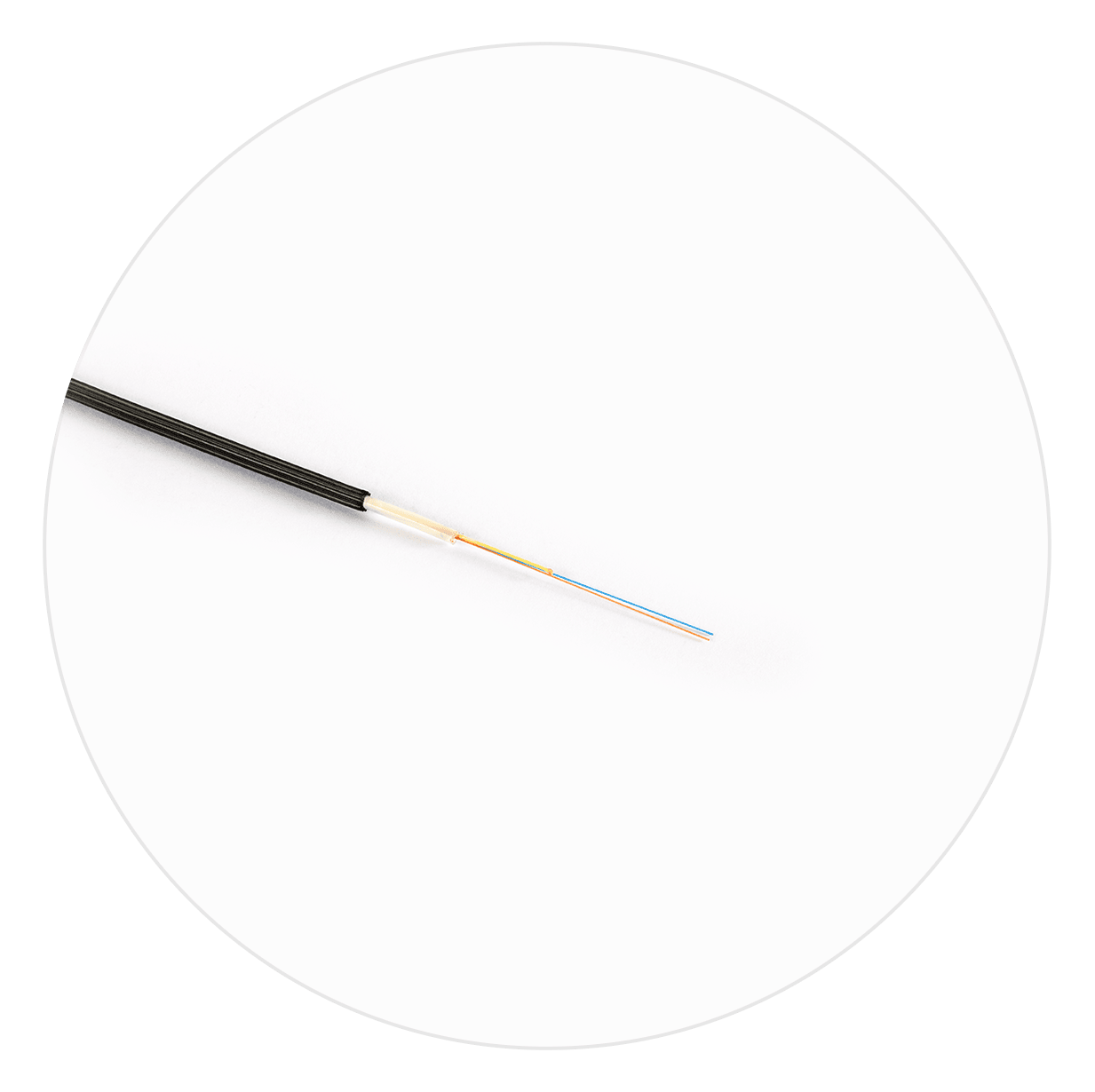
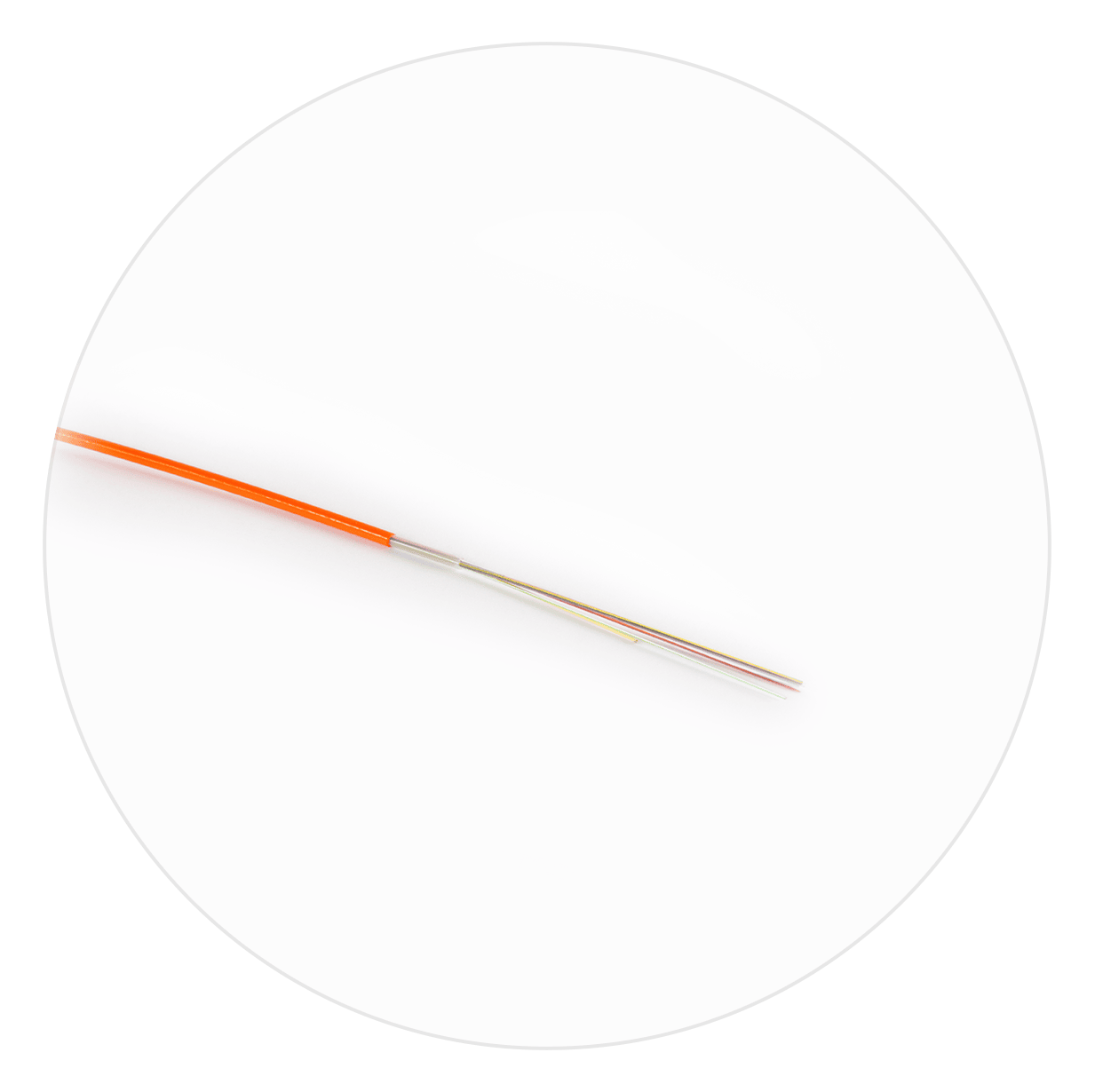

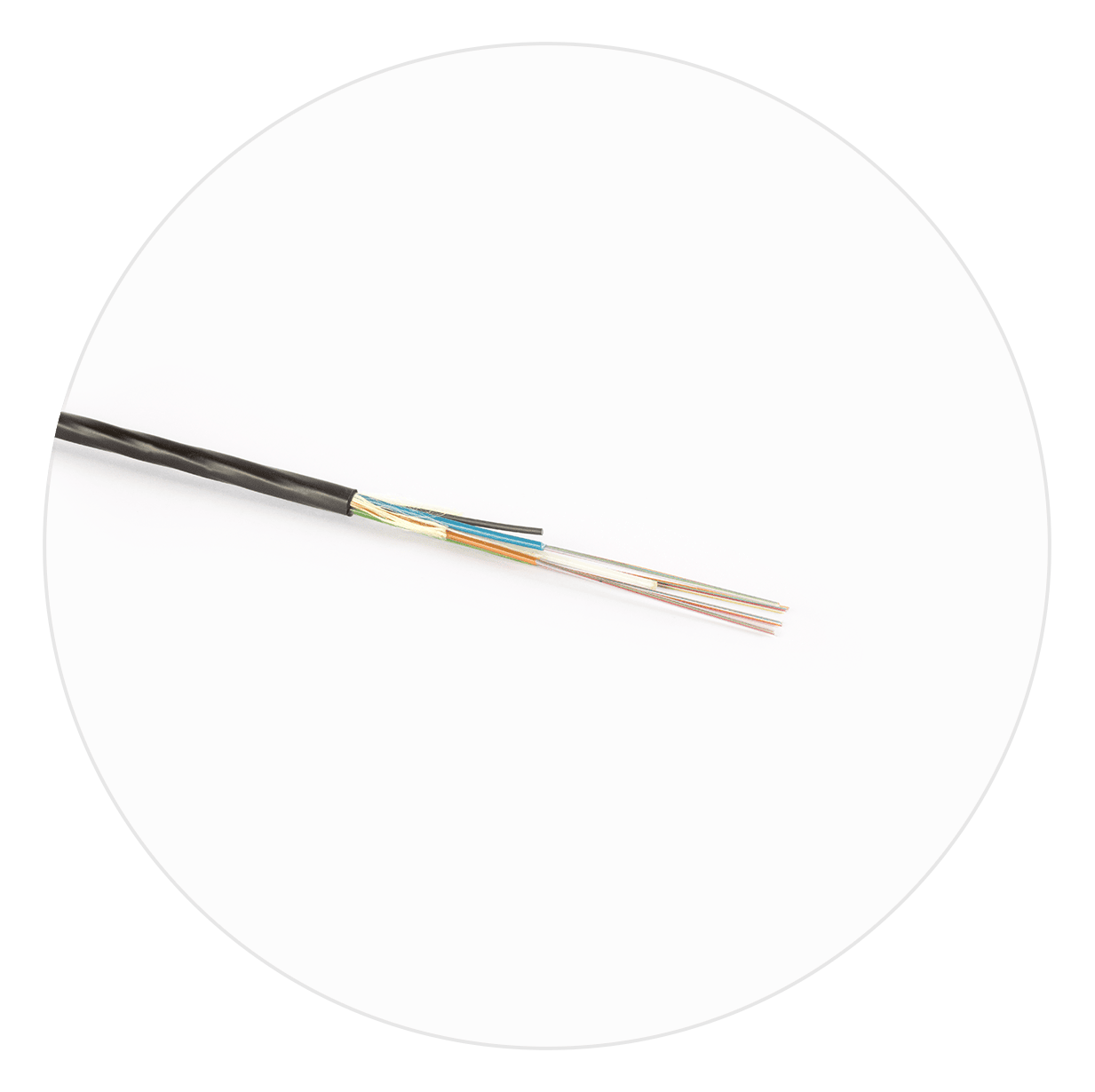
Micro duct cables are low diameter cables that are used in micro ducts often in distribution and last mile networks. With emerging needs of maximum utilization of duct space for more and more data, HFCL’s Micro duct cabling solution offers 3 variants of low diameter micro cables that can be blown inside micro ducts- standard, extra-thin and ultra-thin.
Cables are exclusively fabricated for air blowing in micro ducts. Standard Micro cables are manufactured in both unitube and multitube construction with both HDPE and polyamide sheath. Standard Micro cable offers unitube construction in 2.5mm up to 12F and multitube construction in the range of 5.8mm-11.8mm for fiber counts of 4F-432F
| Construction | Fiber count | Diameter (mm) | Tensile Strength (N) | Crush Resistance (N/10cm) | |
|---|---|---|---|---|---|
| Installation | Operational | ||||
| Unitube | 2-24F | 2.0-4.5 | 600-1200 | 450-1000 | 1000 |
| Multitube | 4-432F | 5.8-13.5 | 1000-2000 | 600-1500 | 1000 |
A lower diameter variant of Micro cable with 250µ fiber that suits the pressing needs of 5G for more data at a considerably low diameter. Multitube Micro cable ranges from 4F to 432F having diameters of 5.3mm to 11.5mm respectively
| Construction | Fiber count | Diameter (mm) | Tensile Strength (N) | Crush Resistance (N/10cm) | |
|---|---|---|---|---|---|
| Installation | Operational | ||||
| Multitube | 4-432F | 5.3-11.5 | 1000-1200 | 600-1000 | 1000 |
An extremely low diameter variant of Micro cable with 200µ fiber is a new breakthrough in 5G revolution. Multitube Micro cable ranges from 4F to 576F having diameters of 5.0mm to 11.3mm respectively
| Construction | Fiber count | Diameter (mm) | Tensile Strength (N) | Crush Resistance (N/10cm) | |
|---|---|---|---|---|---|
| Installation | Operational | ||||
| Multitube | 4-576F | 5.0-11.3 | 1000-2000 | 600-1500 | 1000 |
Product Brochure for DataFly
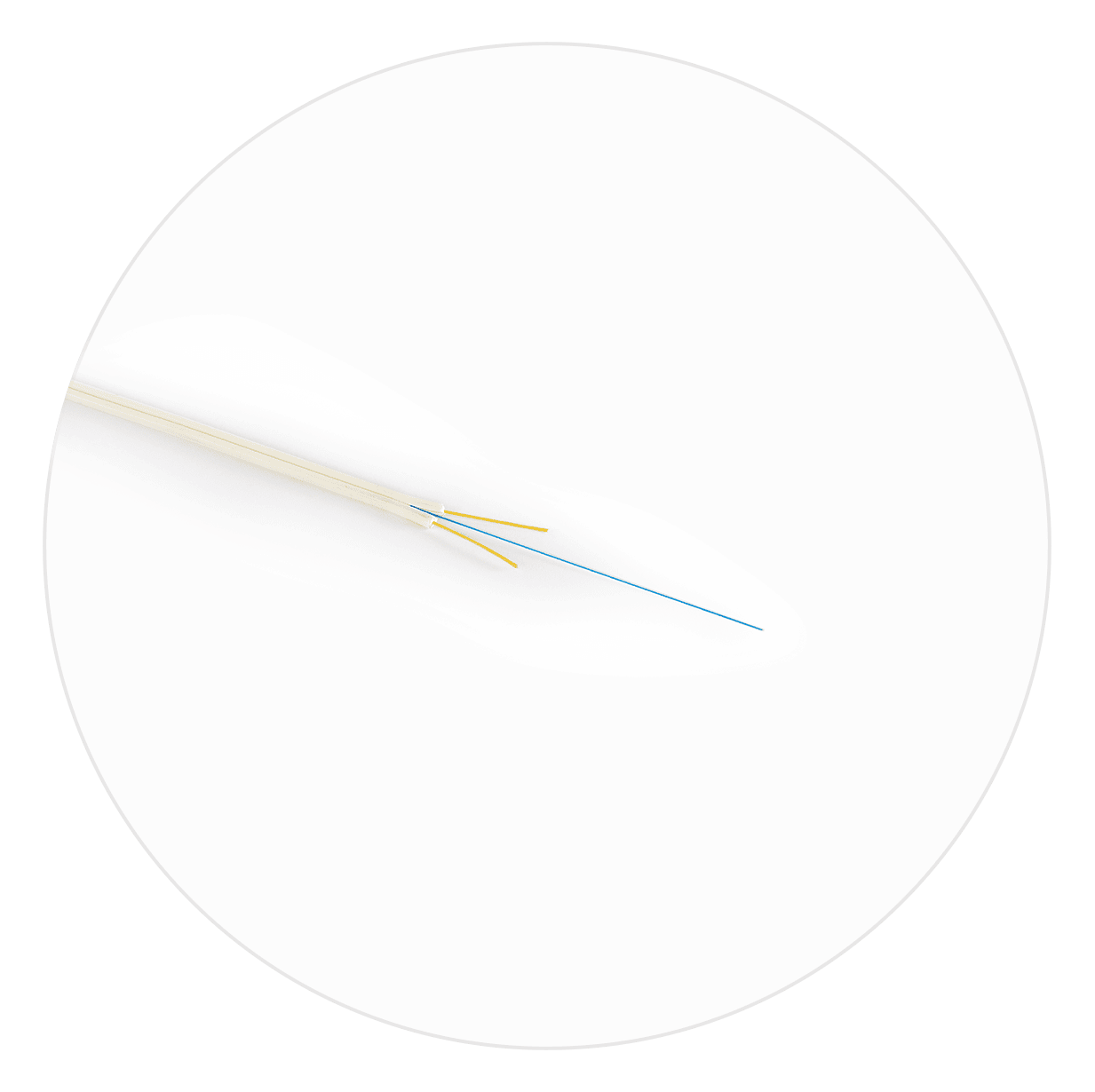



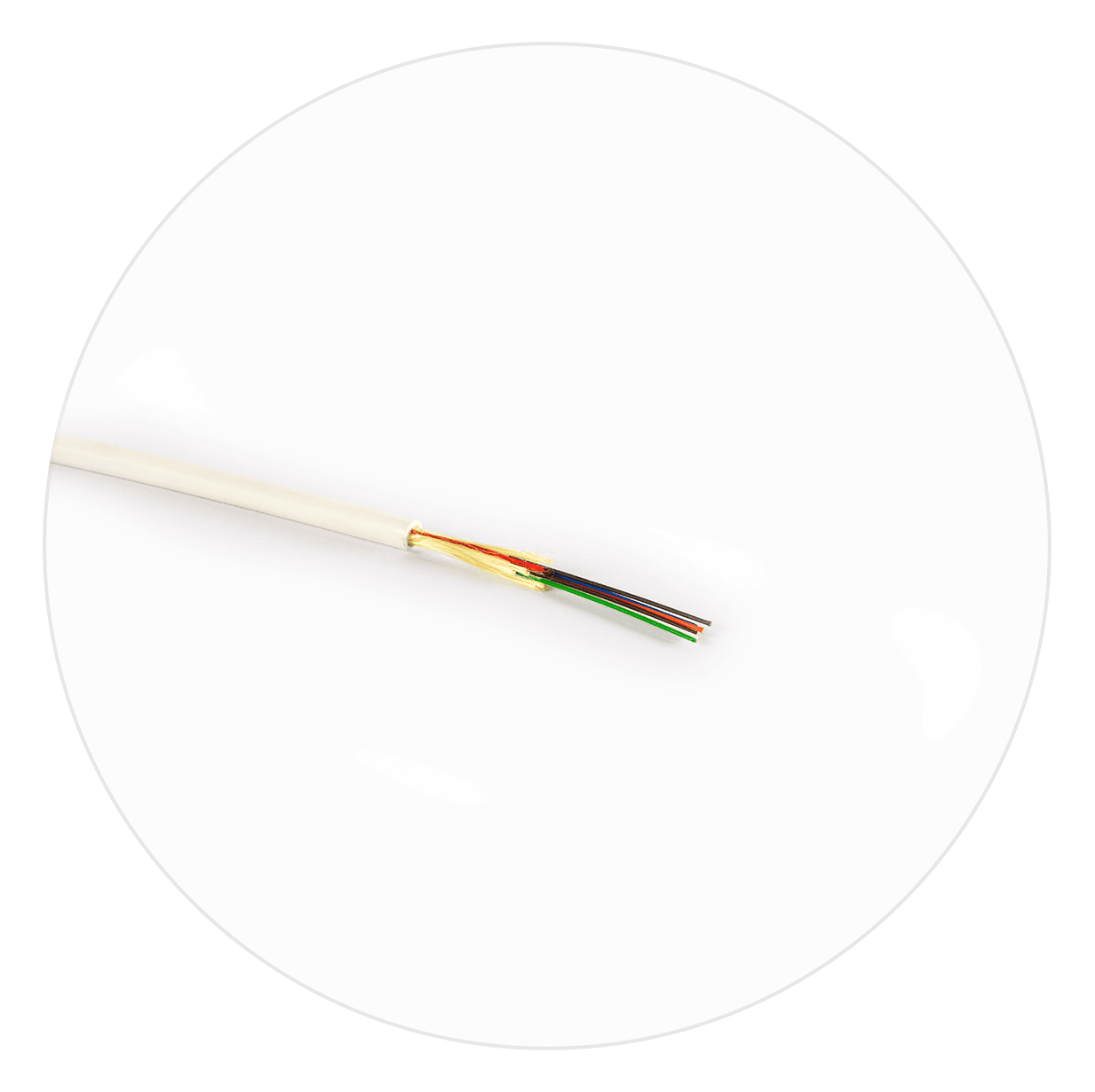

FTTH cable range are specifically designed for last mile connectivity solutions. These cables are available in both single mode and multimode constructions and are specifically designed to suit applications like data centers, pole dropping, premise distribution, riser and plenum. Cables for indoor application are manufactured with Low Smoke Zero Halogen (LSZH) polymer, which is a high-grade flame retardant
The most appropriate cabling solution for in-house and high rise buildings. Cables range from 1F-6F and are gel-free, light-weight and easy to install.
| Fiber count | Cross Section (W x H) (mm) | Tensile Strength (N) | Crush Resistance (N/10cm) | |
|---|---|---|---|---|
| Installation | Operational | |||
| 1-6F | 2.0 X 3.0 | 100 | 80 | 10 |
The cable offers last mile connectivity solution for dropping from poles directly to the independent houses/villas for a span of 20-25 meters. Flat drop cable can be easily stripped off from the messenger wire to utilize it for indoor in-house connectivity.
| Fiber count | Cross Section (W x H) (mm) | Tensile Strength (N) | Crush Resistance (N/10cm) | |
|---|---|---|---|---|
| Installation | Operational | |||
| 1-6F | 2.1 X 5.2 | 200 | 100 | 10 |
Simplex fiber is most often used for applications that only require one-way data transfer. They are often used in pigtails and patch cords in FDMS and data centers.
| Fiber count | Diameter (mm) | Tensile Strength (N) | Crush Resistance (N/10cm) | |
|---|---|---|---|---|
| Installation | Operational | |||
| 1F | 2.0-3.0 | 200 | 75 | 400 |
Duplex fiber cable is carefully structured in a zip-cord arrangement, which is most often used for duplex communication between devices where simultaneous, bi-directional data transfer is required. Larger workstations, fiber switches and servers, fiber modems, and similar hardware generally require duplex fiber cable.
| Fiber count | Cross Section (H x W) (mm) | Tensile Strength (N) | Crush Resistance (N/10cm) | |
|---|---|---|---|---|
| Installation | Operational | |||
| 2F | 2.0x4.2-3.0x6.2 | 500 | 150 | 1000 |
Premise Distribution cable comprises a bunch of tight buffered fiber that runs through trays and plenums in a building or premise to distribution boxes.
| Fiber count | Diameter (mm) | Tensile Strength (N) | Crush Resistance (N/10cm) | |
|---|---|---|---|---|
| Installation | Operational | |||
| 2-24F | 3.6-8.5 | 500 | 300 | 1000 |
Consists of several jacketed simplex cables or premise distribution cables packaged together inside an outer jacket. As the name suggests, each simplex cable within the outer jacket can break out and continue as a patch cable, for example in a fiber to the desk application in an office building.
| Fiber count | Diameter (mm) | Tensile Strength (N) | Crush Resistance (N/10cm) | |
|---|---|---|---|---|
| Installation | Operational | |||
| 2-96F | 7.5-25.0 | 400-1300 | 200-1200 | 200-1200 |
Product Brochure for DataFly

These cables are manufactured in loose micromodules that offer a perfect solution for midspan accessibility of fibers without cutting the cable.
| Fiber count | Diameter (mm) | Tensile Strength (N) | Crush Resistance (N/10cm) | |
|---|---|---|---|---|
| Installation | Operational | |||
| 12-288F | 6.5-13.5 | 1000-3200 | 700-1200 | 2500 |
N/A
Product Brochure for DataFly